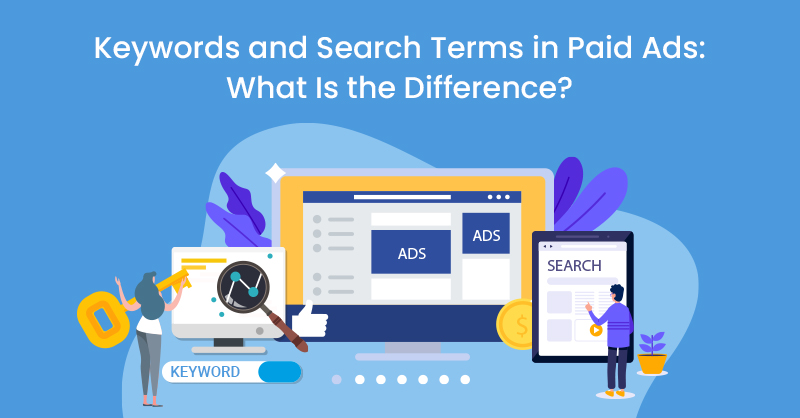You're probably already well aware of the buzz over retargeted ads, the trending technology that allows for behavior-triggered dynamic media placements. This is powerful stuff. With retargeting (or "remarketing," as it's often also called), your ad platform can identify prospects according to intent instead of demographics, and your message can follow them wherever they go in the world wide web.
The media placement model with retargeting is a major departure from older models. Instead of serving up ads in placements determined to be relevant because of the placement's context, retargeting is user-specific and context-blind.
Related Posts:
How To Setup a Remarketing Campaign
Shopping Cart Abandonment and the Case for Google Display Network Remarketing
If you're already involved with pay-per-click advertising but haven't yet dabbled with retargeting, then you should consider taking the plunge. Retargeting is relevant for any online brand that depends on conversions for revenues, so that means anyone from non-profits seeking donations to app publishers to service providers to ecommerce stores.
The problem comes when marketers start employing the power of retargeting without being aware of their opportunities to refine the criteria according to which the prospects are identified and the ads are served. In situations like these, at best, the advertiser's money goes to waste, and at worst, the advertiser's brand sentiment sustains some major jeers.
So exempt yourself from the costly trial and error phase and read on to wrap your head around some important retargeting considerations. Every retargeting platform works a bit differently, so we're not going to delve into the dashboard how-to nitty gritty, but these are key principles to integrate into your campaign settings, no matter which platform you're using.
Keeping the Creepiness Factor in Check
 Remember the first time you noticed that you'd been retargeted to? It might not have been the most comfortable feeling, but you were probably also impressed by the advertiser's innovative cunning.
Remember the first time you noticed that you'd been retargeted to? It might not have been the most comfortable feeling, but you were probably also impressed by the advertiser's innovative cunning.
However, if those same ads were still stalking you a few weeks later, your feelings towards the advertiser were likely far less diverse. By this point, you were probably sick of being stalked and vowed never to do business with this offender. You might have even considered sharing this blacklisting sentiment with others.
Remarketing vendors' dashboards allow advertisers to set the duration of each prospect's ad exposures as well as the daily volume of each prospect's ad exposures. They also feature settings that let us end any given user's classification as a prospect once we've sealed the deal with them. So there's no need to get under anyone's skin with personal banner impression overload.
Identifying Prospects According To Onsite Behaviors
Not every visitor to your site should be considered worthy of retargeting. Remember that the name of the game here is behavioral intent, so if someone landed on your homepage and bounced within seconds, then you're unlikely to convert them, no matter how many times you remind them that you exist. Those timeless discussions about the value of lead scoring take on a whole new meaning in this automated context.

Think about which behaviors on your site logically correlate with conversion likelihood, and incorporate these into your remarketing campaign parameters.
After users submit a contact form, they may be redirected to a "thank you for contacting us" page. Your lowest hanging fruit may be those who comment on your articles or follow your blog feed. You may be offering a free download of a white paper or an ebook. Truly serious prospects might spend a few minutes pondering your pricing table, or they might shuffle through 12 content pages when they visit your site. They might have even loaded up a shopping cart only to abandon it when they ran out of time.
Better remarketing platforms will allow you to segment your users according to these programmatic triggers and to message each segment accordingly.
Identifying Prospects According To Offsite Behaviors
In addition to site retargeting, you also have the option to check out search retargeting, social retargeting and more.
Search retargeting, which is supported by the Google AdWords platform, captures prospects according to keywords appearing in search strings, serving your banners to them as they continue on to whatever unrelated sites they want. Social retargeting, which is supported by Facebook Exchange, captures prospects according to clicks on links you share.
Of course, site retargeting is the most popular type, and for good reason, but others are worthy of consideration as well.
Remaining Loyal To One Retargeting Platform
Retargeting monogamy will save you money and may preserve your reputation as well. Many advertisers are operating under the misconception that they'll enjoy many times the revenues if they work with multiple ad retargeting vendors. The folly here is twofold.
Firstly, whatever limits you set on impressions per user on a per-day or on a retargeting duration basis go out the window when you've got more than one filter independently serving ads to the same prospect – which means that the only thing you're multiplying is the chances you'll be considered a stalker.
Secondly, keep in mind that given banner media placements on websites are often sold and resold among multiple ad networks, with retargeting platforms being among these bulk media buyers. In the moments that transpire as web pages load on the user end, multinetwork-integrated algorithms are determining whose ads to serve up according to instant auction protocols. The goal of these virtual pre-bid auctions is to maximize profits for the site owners, and as a result, advertisers using more than one retargeting platform often end up bidding against themselves for one placement, spending more than necessary.
As with other areas of web-based marketing, with retargeting, a little common sense goes a long way. Drill down into your platform's dashboard tools to get acclimated and see how all of the functionality offered there serves your brand best.







